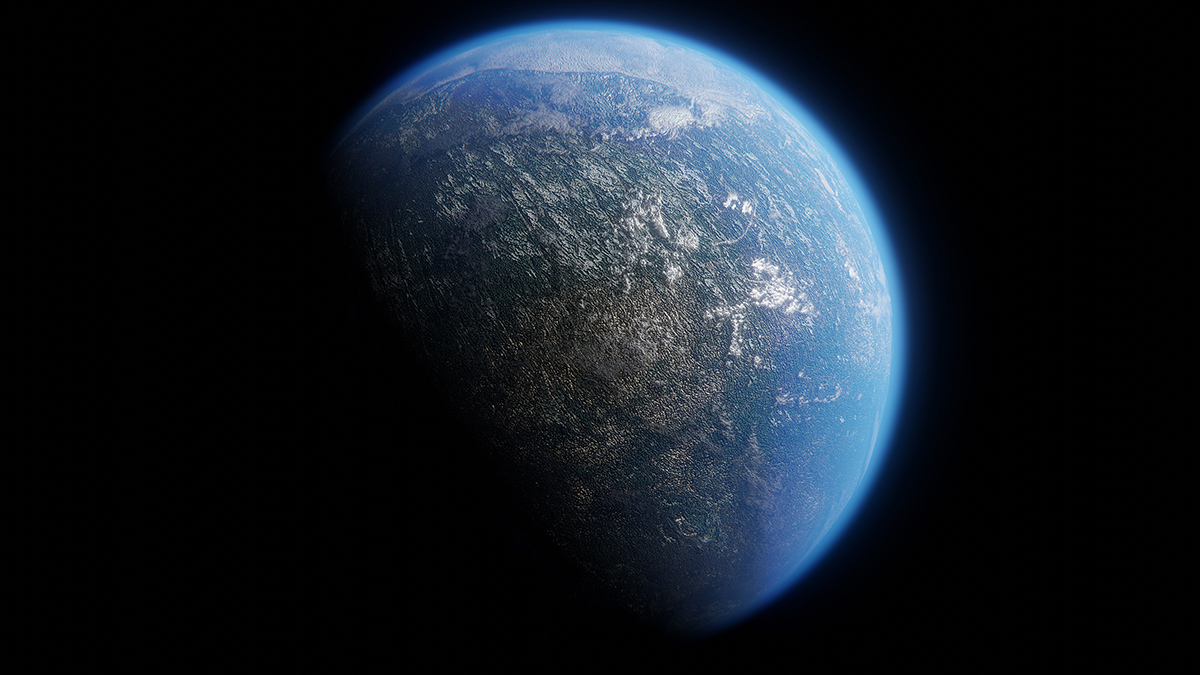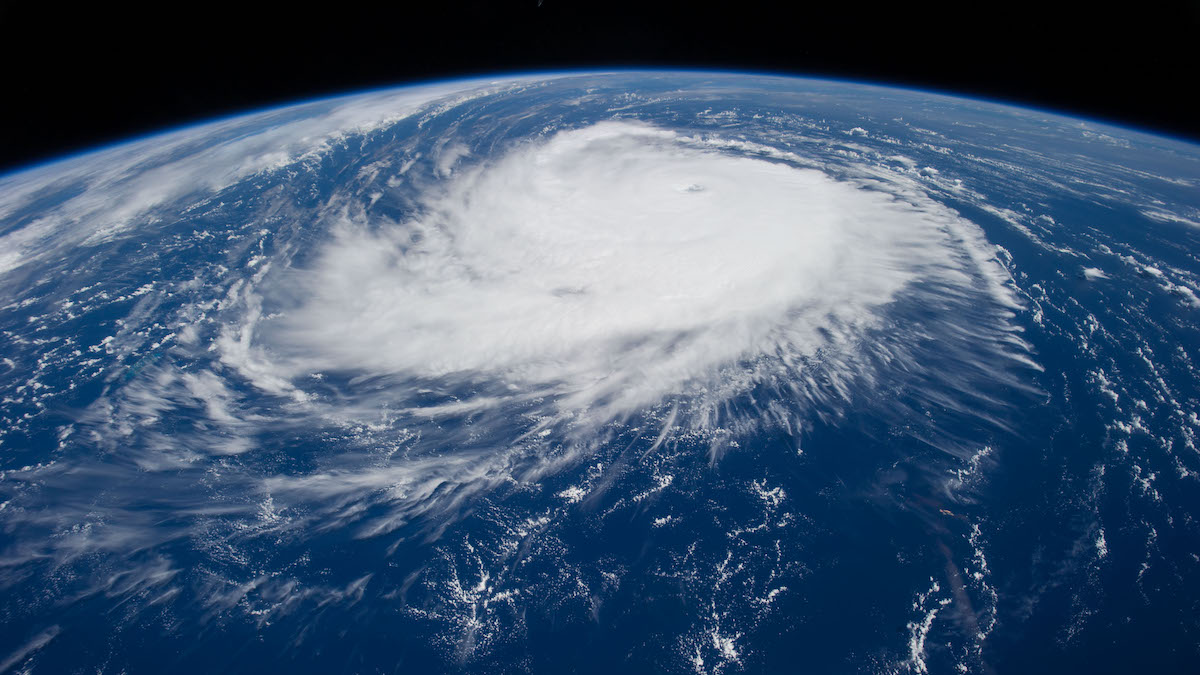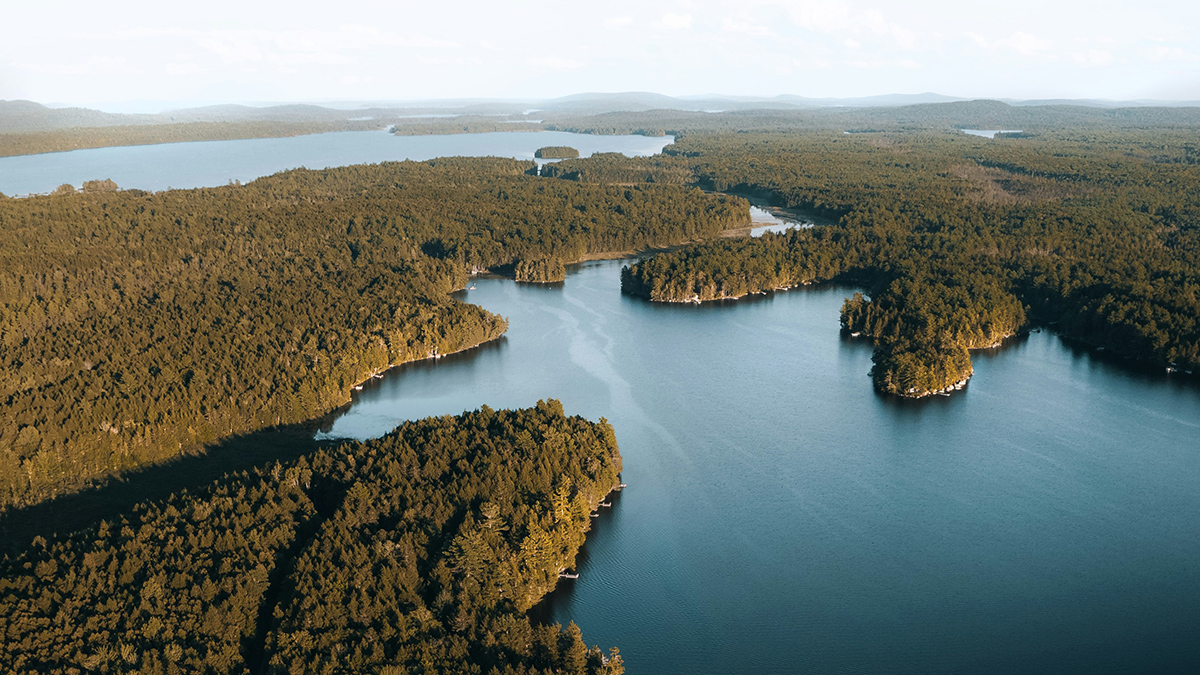Researchers delve into the dirt causing rivers to migrate.
News
A Magma Ocean Fuels This Exoplanet’s Atmosphere
The finding is an atmospheric first for astronomers but not for the planet.
Spiral Waves May Explain the Sun’s Baffling Rotation
New observations and models show a connection between high-latitude waves in the Sun’s interior and the different rates of spin between the solar equator and poles.
Sharing the Geology of the Tour de France
In short broadcasts, a team of educators brings geological knowledge to the cycling world.
A Step Closer to Solving the Fermi Paradox
Finding evidence of complex life elsewhere in the Milky Way galaxy hinges on locating rocky planets with plate tectonics and a mixture of landmasses and oceans, new research suggests.
2024 Could Be Among Most Active Hurricane Seasons Ever
A new NOAA report predicts an extraordinarily active Atlantic hurricane season spurred by record ocean temperatures and a shift to La Niña conditions.
Red-Light-Loving Bacteria Could Expand the Search for Life
Scientists are uncovering genes responsible for oxygenic photosynthesis in cyanobacteria to shift the search for potentially habitable worlds.
Carbon Offset Programs Underestimate the Threat of Hurricanes
A single hurricane in New England could wipe out millions of metric tons of forest carbon.
Climate Change Is Likely to Slash Global Income
A new study estimates that climate change could cost $38 trillion per year, but emissions mitigation and adaptation strategies could limit future damages.
Distant Stars Spotlight Mini Moons in Saturn’s Rings
By studying how starlight attenuates as it travels through the icy particles encircling Saturn, researchers have zoomed in on a host of small structures in the gas giant’s famous rings.










